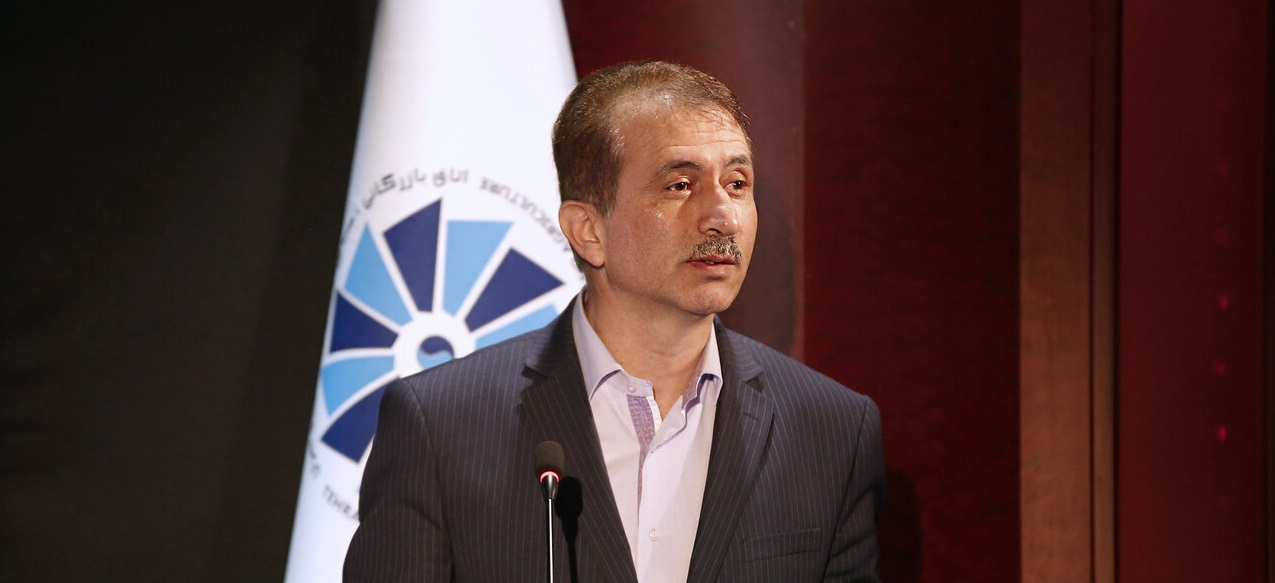Iran and Russia traded $2.5 billion worth of goods in the last Iranian year (ended March 20, 2021), according to the head of the Islamic Republic of Iran’s Customs Administration Mehdi Mirashrafi.
He noted that imports from Russia exceeded $2 billion during the period, registering an increase of 19% compared to the previous year, Fars News Agency reported.
Iran’s exports to Russia increased by 10% year-on-year to nearly $510 million.
According to the IRICA chief, trade with Russia accounted for 77% of Iran’s total trade with the Eurasian Economic Union.
Iran exported $800 million worth of commodities to Russia in 2020 to register a 105% increase compared with 2019.
The volume of exports, according to Iran’s ambassador to Russia, is a record high in the history of the two neighbors’ trade.
“The rise in exports came despite the outbreak of Covid-19 last year as well as the intensification of the US unilateral sanctions on Iran’s economy,” Kazem Jalali was quoted as saying by IRNA.
Among the reasons for the rise in exports over the period, the envoy mentioned the preferential trade agreement between Iran and EEU, which came into effect in October 2019.
Iran and the Eurasian Economic Union, comprising Russia, Kazakhstan, Armenia, Belarus and Kyrgyzstan, signed a three-year provisional agreement in Astana, Kazakhstan, on May 17, 2018, for the bloc to welcome Iran into EEU. The arrangement, which lowers or abolishes customs duties, is the first step toward implementing free trade between Iran and the five members of the union.
Key objectives of EEU include increasing cooperation and the economic competitiveness of member states, and promoting stable development to raise their standards of living.
The average tariff set by EEU on Iranian goods as part of a preferential trade agreement stands at 3.1%, while the figure is 12.9% for EEU goods exported to Iran.
The two sides have listed 862 types of commodities in their three-year provisional trade agreement. As per the deal, Iran will enjoy easier export terms and lower customs duties on 502 items and the same goes for 360 items from the EEU member states.
“Iran’s Embassy in the Russian Federation has recently focused on bilateral economic and commercial ties. Iran and Russia have had high cooperation in security and military affairs for years. Yet less has been done in the field of trade over the years. This is while there is ample potential to boost mutual commerce with proper planning and doing away with restrictions,” Jalali said.
“Russia’s annual imports stand at about $250 billion and Iran has the capacity to get hold of a much larger share in the neighboring country’s market.”
Iran’s main exports to Russia include fruit, pistachio, dates, fig, raisin, shrimp, plastic products, chemicals and carpet.
Noting that Iran has the potential to expand the list of its exports to Russia, the ambassador said, “Yet, we face some limitations here. Our transportation infrastructure, including road, rail and marine routes, is not enough. Moreover, there’s the shortage of container vessels ... We are faced with banking and transaction restrictions, and many of our traders are not familiar with Russian trade regulations or the Russian language.”
According to Jalali, Iran-Russia trade in 2020 hit $2.22 billion, indicating a 40% rise compared with $1.59 billion in 2019.
Russia Approves $1.6b Caspian Seaport to Boost Trade With Iran
Russia is planning to build a port on Caspian Sea near the city of Lagan to increase trade in the Caspian region and beyond.
Plans to build the port have been included in the Russian Federation’s official plans for the region, issued on July 29, 2020, Global Construction Review reported.
It will combine a container terminal with facilities for storing and loading a range of agricultural products, including a grain elevator with a storage capacity of 300,000 tons. Other terminals will handle vegetables, fruit and cooking oil.
The grain and container terminals will each have a 5 million-ton capacity and the liquid cargo terminal will have a capacity of 500,000 tons.
Altogether, the port will have a transshipment capacity of 12.5 million tons. At present, all Russian ports on the Caspian Sea have a capacity of 7.5 million tons.
Dredging will also be carried out to deepen the existing port’s channels to 13 meters.
Much of the cargo carried on the Caspian Sea is not containerized, so its adoption is seen as a way of increasing Russia’s trade with the Persian Gulf countries and India, via Iran. In the reverse direction, the port may facilitate the transit of Chinese goods bound for Europe.
The port will be built in the relatively underdeveloped Buddhist Republic of Kalmykia that has long lobbied for Russian investment in a seaport. Moscow is now more responsive, owing in part to the silting up of its main Caspian port at Astrakhan, which recently forced the Russian Navy to abandon it as a base.
Kremlin is also considering the possibility of building a ship canal between the Caspian and the Sea of Azov, on the north of the Black Sea to provide a shorter route than the existing Volga–Don Canal.
Vitaly Daginov, general director of the Port of Lagan, said during a press conference in March that the expected cost of the port, together with its road and rail links, was $1.6 billion.
A group of Iranian companies have expressed interest in investing in the Port of Lagan, as well as China’s Poly Group, which specializes in the sale of artworks and defense systems, and China Energy Engineering Group International.


